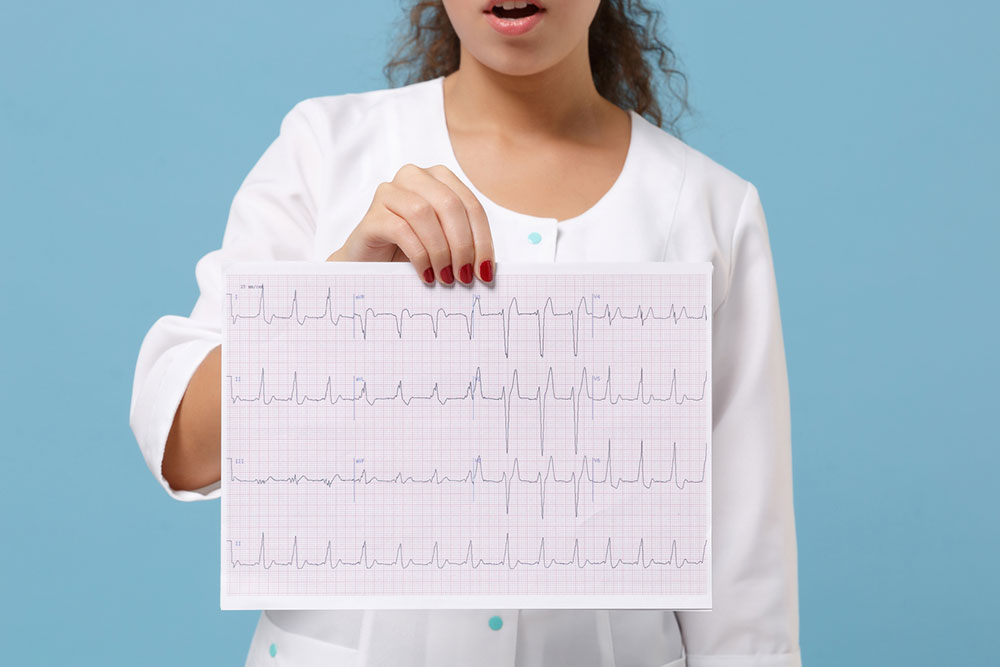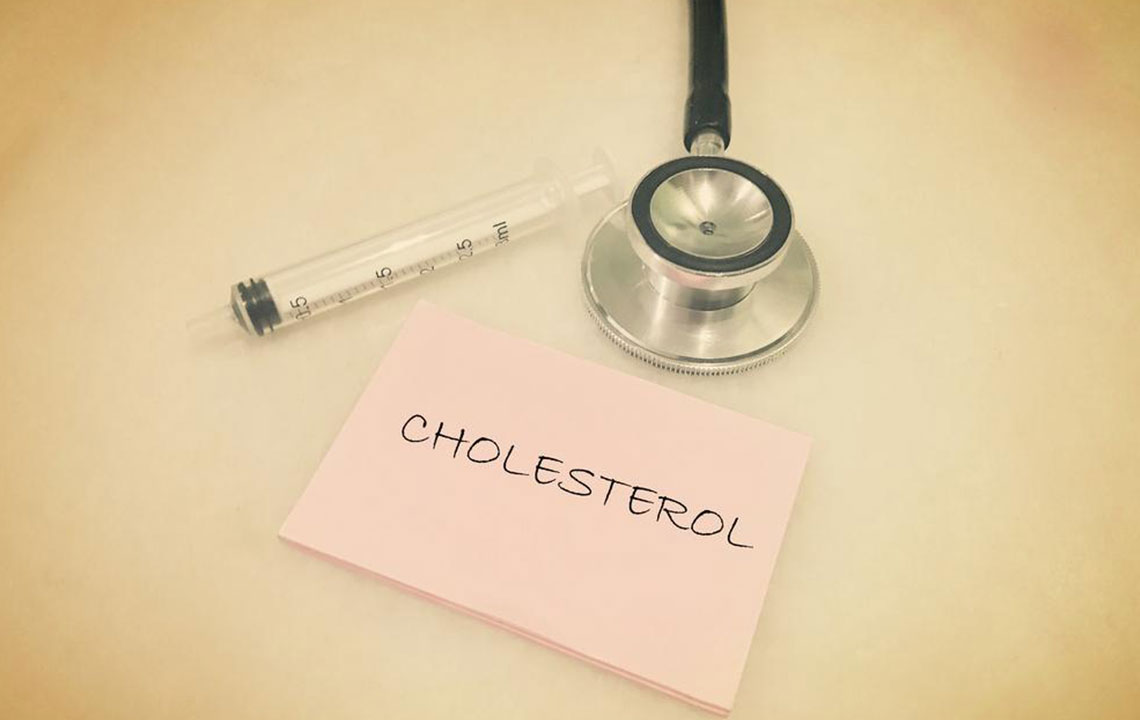Understanding Heart Ultrasound: Purpose, Preparation Tips, and Procedure Details
Learn everything about heart ultrasounds, including their purpose, preparation steps, and how the procedure is performed. This non-invasive test offers crucial insights into heart health, helping doctors diagnose and monitor cardiac conditions effectively. Understand what to expect, how to prepare, and who can safely undergo the test to ensure accurate results and peace of mind.

Understanding Heart Ultrasound: Purpose, Preparation Tips, and Procedure Details
A heart ultrasound, or echocardiogram, is a diagnostic imaging tool that provides detailed pictures of the heart’s structure and function. Using sound waves, this non-invasive test creates real-time images to assess blood flow and heart performance. Healthcare providers recommend this test if symptoms like chest pain or breathing issues arise, aiding in diagnosis and treatment monitoring. Knowing what to expect and how to prepare can help ease anxiety and ensure accurate results during this essential cardiac exam.
What is a heart ultrasound?
It is a safe, non-invasive ultrasound scan that captures images of the heart through sound waves, assisting doctors in diagnosing various cardiac conditions.
This imaging test provides vital insights by visualizing blood flow and heart chamber movement. Tests can last from 20 minutes to over an hour, conducted by a trained echocardiographer. The procedure typically takes place at hospitals or clinics, ensuring comfort and accuracy. An understanding of preparation steps, such as fasting or wearing loose clothing, is important for optimal results. The process involves applying gel, positioning the patient, and capturing images with a transducer, resulting in comprehensive heart assessment.
Purpose
Medical professionals may recommend a heart ultrasound if individuals experience symptoms like chest discomfort or breathlessness. The test helps:
Detect heart disease and abnormalities
Monitor existing heart conditions
Evaluate the effectiveness of treatments or surgeries
Preparation
Preparing for the test involves specific steps, which the healthcare provider will clarify during consultation. Typical preparations include:
Fasting for a few hours before the test
Wearing comfortable, easily removable clothing
Informing the doctor about current medications or health conditions
While feeling nervous is common, the test is painless and takes approximately 30 minutes to 2 hours. Relaxation is encouraged to facilitate smooth execution. Procedure
The process generally occurs at a healthcare facility and includes:
Greeting by a professional technician who explains the process
Lying on the left side on a table or stretcher
Applying conductive gel to the chest area
Moving the transducer over the chest to capture images
Patients may be asked to hold breath or shift positions to improve imaging. Afterward, the gel is wiped off, and individuals can usually resume normal activities unless instructed otherwise. The procedure is safe, with no exposure to radiation. Special Considerations
This test is suitable for all age groups and is safe during pregnancy, as it involves no radiation. Patients with health conditions like diabetes should consult their doctor regarding medication adjustments. Seniors or those with mobility issues should discuss any concerns beforehand, as the test might involve lying in specific positions. Pregnant women may undergo fetal echocardiography to assess the baby’s heart through abdominal ultrasound. Proper communication with healthcare providers enhances comfort and understanding, ensuring effective diagnosis and management of heart health.










